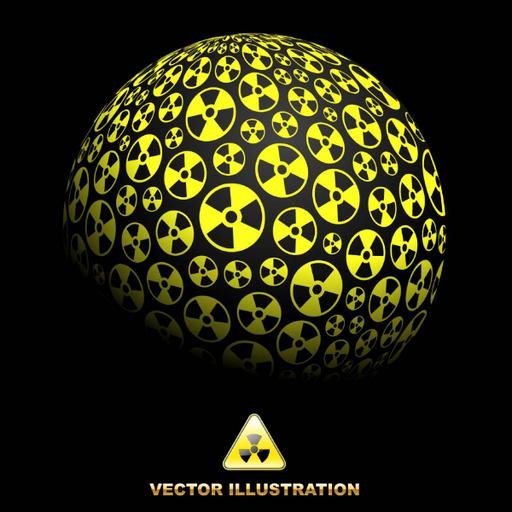Radio Activity
Presentations | English
What do you know about Radioactivity? The term radioactivity was coined by Marie Curie, who together with her husband Pierre, began investigating the phenomenon recently discovered by Becquerel. The Curies extracted uranium from ore and to their surprise found that the leftover ore showed more activity than the pure uranium. Radioactivity is the act of emitting radiation spontaneously. This is done by an atomic nucleus that, for some reason, is unstable; it "wants" to give up some energy to shift to a more stable configuration. The units of measurement for radioactivity are the becquerel (Bq, international unit) and the curie (Ci, U.S. unit). There are different types of radioactivity depending on what particles or energy are released during the reaction. The three types are alpha particles, beta particles, and gamma rays. Radiation technology is used in medicine, academics, and industry, as well as for generating electricity. In addition, radiation has useful applications in such areas as agriculture, archaeology (carbon dating), space exploration, law enforcement, geology (including mining), and many others.

10.75
Lumens
PPTX (43 Slides)
Radio Activity
Presentations | English
